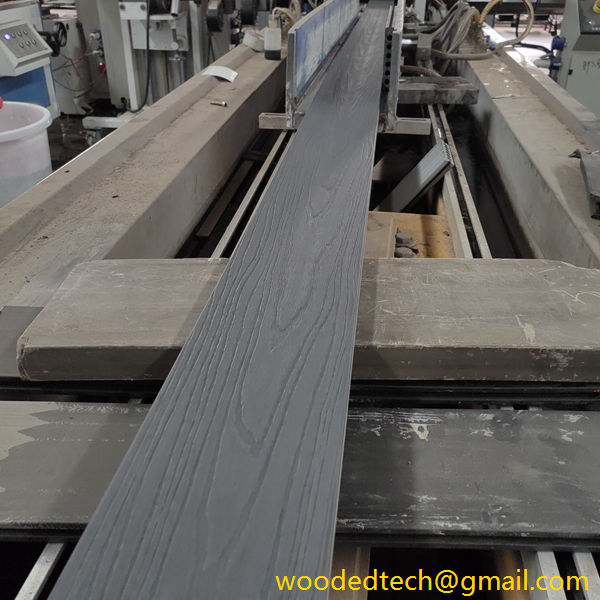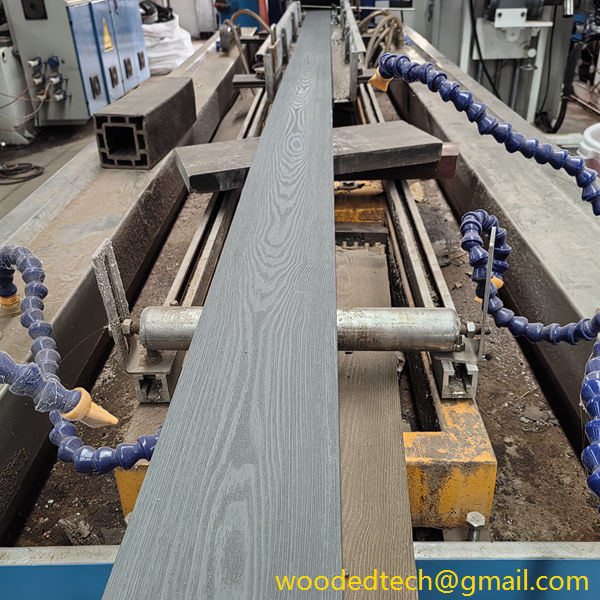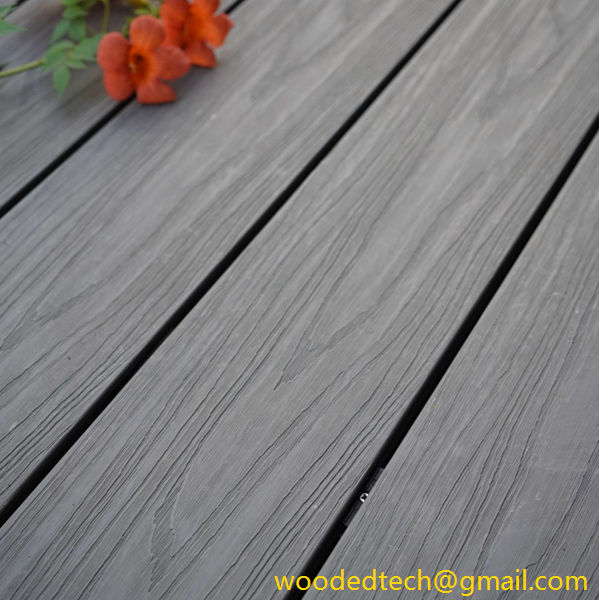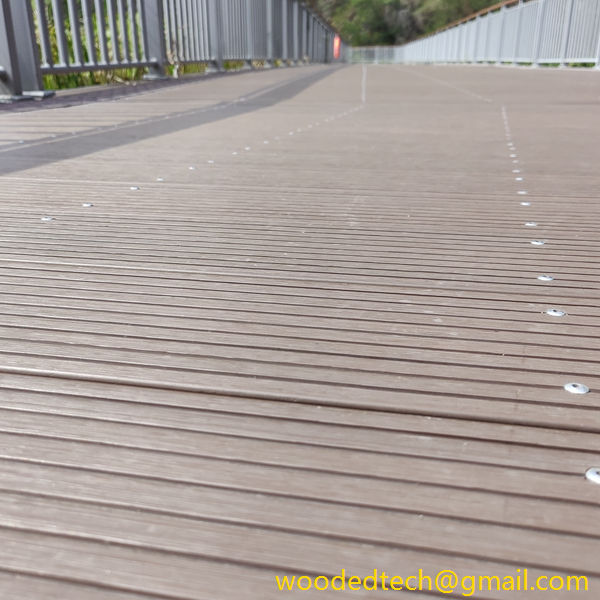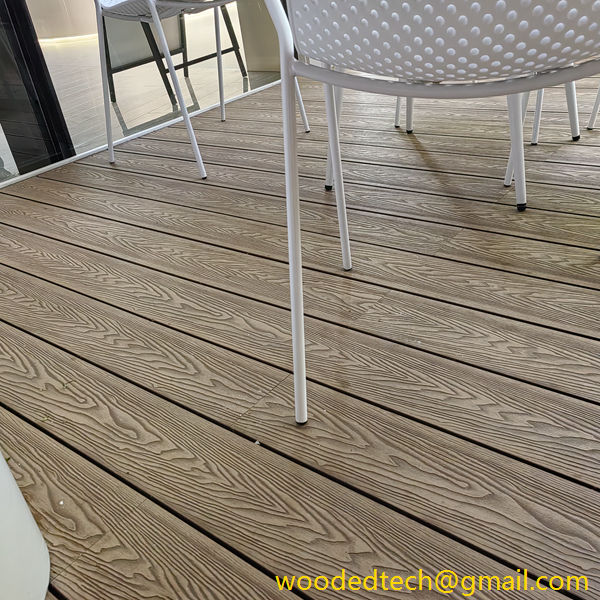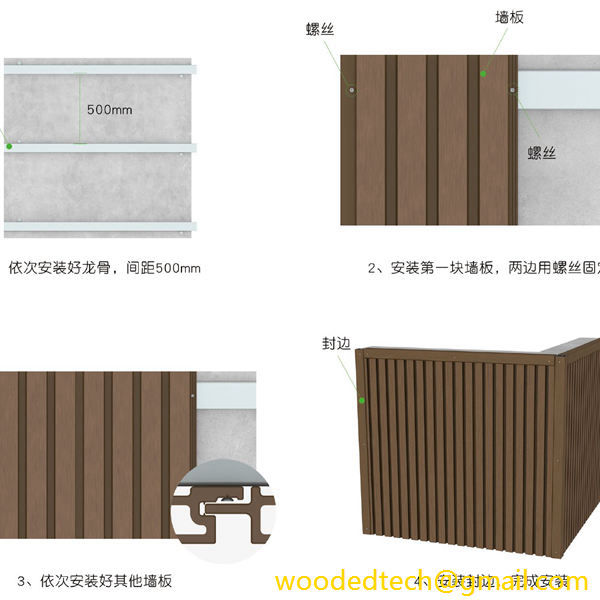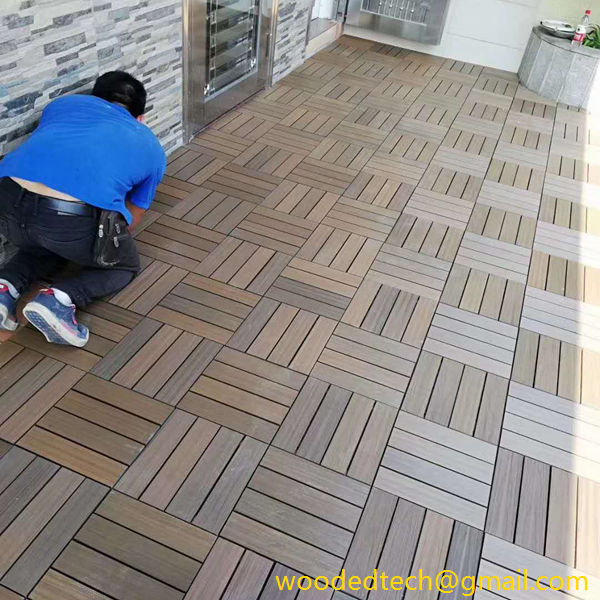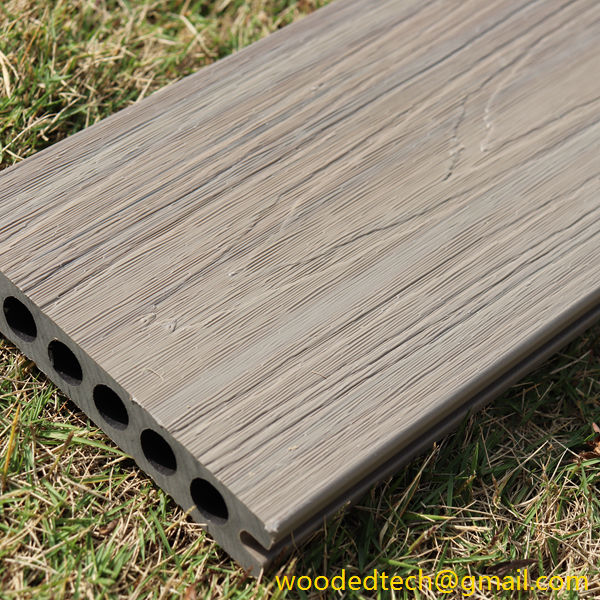Learn About WPC Flooring Section Options for Your Design Needs
Learn About WPC Flooring Section Options for Your Design Needs When it comes to flooring options, the variety available can often be overwhelming. Among the many choices, Wood Plastic Composite (WPC) flooring has gained significant popularity due to its versatility, durability, and aesthetic appeal. This article explores the customizable materials available in WPC flooring, the…
Learn About WPC Flooring Section Options for Your Design Needs
When it comes to flooring options, the variety available can often be overwhelming. Among the many choices, Wood Plastic Composite (WPC) flooring has gained significant popularity due to its versatility, durability, and aesthetic appeal. This article explores the customizable materials available in WPC flooring, the various design options they offer, and how they can cater to diverse design needs.
WPC flooring is composed of a combination of wood fibers and thermoplastics. This unique blend creates a material that is not only robust but also water-resistant, making it an ideal choice for areas that are prone to moisture, such as kitchens and bathrooms. The customizable nature of WPC flooring allows homeowners and designers to select specific features that align with their vision, enhancing both functionality and style.
One of the key aspects of WPC flooring is its wide range of colors and finishes. Whether you prefer the warm tones of natural wood or the sleek appearance of modern materials, WPC flooring can be tailored to meet your aesthetic preferences. With options ranging from light oak to rich mahogany, the color palette available is expansive. This versatility allows for seamless integration into various design styles, from rustic farmhouse to contemporary minimalism.
In addition to color, the texture of WPC flooring can also be customized. The surface finish can range from smooth to textured, mimicking the feel of natural wood grains. Textured finishes can add depth and dimension to a space, while smooth finishes can create a more polished and sophisticated look. This customization allows you to select a texture that complements your overall design scheme, be it casual and inviting or sleek and modern.
Another significant advantage of WPC flooring is its ability to replicate the appearance of natural materials. Advanced printing technologies enable manufacturers to create highly realistic wood and stone visuals, giving you the beauty of these materials without their inherent drawbacks. For instance, natural wood is susceptible to warping and fading over time, while WPC flooring maintains its appearance even in challenging environments. This means that you can achieve the desired aesthetic without compromising on durability.
WPC flooring is also highly versatile in terms of plank sizes and shapes. Homeowners can choose from a variety of widths and lengths, allowing for creative layouts that suit their specific space. Wider planks can create a more open and airy look, while narrower planks can add a sense of coziness. Additionally, designers may opt for unique patterns, such as herringbone or chevron, to elevate the visual impact of the flooring. This customization enables the creation of a truly unique space that reflects individual taste and style.
While aesthetics are essential, the functionality of WPC flooring cannot be overlooked. One of the standout features of WPC is its waterproof nature, making it an excellent choice for areas prone to spills and moisture. This characteristic is particularly beneficial in homes with children or pets, where accidents are more likely to occur. Moreover, WPC is resistant to mold and mildew, promoting a healthier indoor environment. Customizable options also include variations in thickness, with thicker planks offering enhanced sound insulation and comfort underfoot.
The ease of installation is another factor that makes WPC flooring an attractive option. Many WPC products come with a click-lock installation system, allowing for straightforward DIY projects without the need for glue or nails. This feature not only saves time and money but also allows for easy replacement or repair of individual planks if needed. Customization extends to installation as well, as homeowners can choose to have their flooring installed in different orientations or patterns to create a unique visual effect.
When selecting WPC flooring, it is essential to consider the specific needs of your space. For instance, high-traffic areas may benefit from more durable finishes, while quieter spaces can focus more on aesthetics. Additionally, the choice of underlayment can impact the overall performance of the flooring, offering additional sound insulation and comfort. Customizable underlayment options allow for optimal performance tailored to your lifestyle and preferences.
In conclusion, WPC flooring presents an impressive array of customizable materials and options that cater to diverse design needs. With its blend of durability, aesthetic flexibility, and user-friendly installation, WPC flooring stands out as a practical choice for any home. By taking advantage of the vast customization opportunities available, homeowners and designers can create beautiful spaces that reflect personal style while meeting functional requirements. Whether you are renovating a single room or planning a complete home overhaul, WPC flooring offers the versatility and reliability needed to achieve your design vision. As you explore your options, consider the unique features and benefits of WPC flooring, and discover how it can enhance your living environment for years to come.

